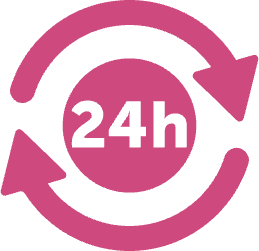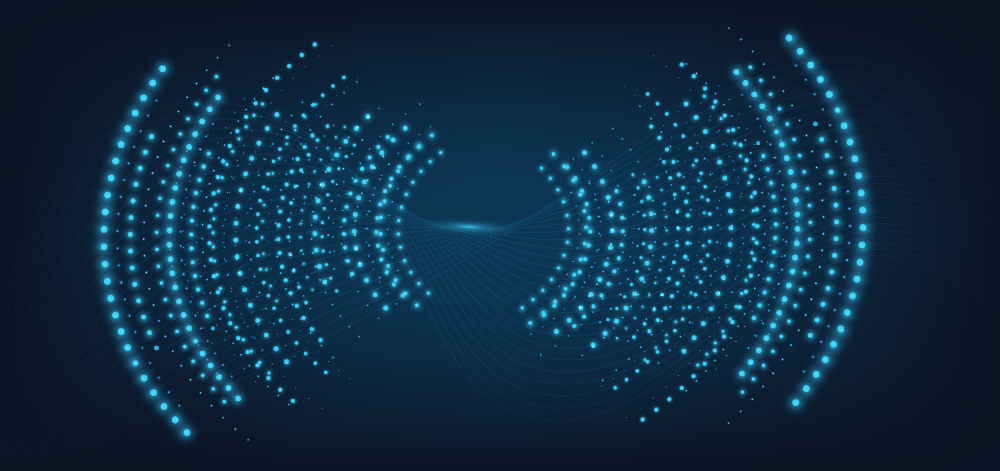Ultra-wideband (UWB) technology has become more popular in the past few years due to its precision and signal strength. UWB transmits a signal across a wide bandwidth, resulting in higher signal energy and less interference.
The interest of customers in UWB further increased when Appel and Samsung both announced to integrate the technology into their most recent phone hardware.
Using UWB
The signal, communicating between tags and mounted nodes, allows you to use triangulation to pinpoint location in real-time with great accuracy.
By leveraging the speed and precision of UWB, you can accurately track the tags in motion. Unprecedented real-time location tracking in complex environments allows you to where items, assets, people, or vehicles are and more importantly, where they are going.
How does it work?
Waves vs. Pulses
Most radio systems work by varying the frequency, phase, or amplitude of a sinusoidal radio wave. UWB uses pulses where the time between pulses is as short as 2ns.
Frequency
Radio systems work around a central frequency, such as 2.4 GHz and 5 GHz for Wifi or 1.6 GHz for GPS and a narrow band around this central frequency. The band is typically between 20 and 80 MHz. For example, Wifi 2.4 GHz 802.11b uses 22 MHz channels.
UWB operates in a spectrum between 3.1 and 10.6 GHz and uses channels with a minimum width of 500 MHz. UWB can use the wide spectrum as the power levels are just above the noise floor and does not require regulatory approval.
Power
UWB uses extremely low transmission power of less than 1mW. In comparison, Wifi 2.4 GHz 802.11b has a transmission power of 100mW.
“The Noise Floor is the signal created from adding up all the unwanted signals within a measurement system. The noise floor consists of noise from a number of sources which includes thermal noise, atmospheric noise and noise from components used to make the measurement system.”
In the United States, radios operating with within or just above the noise floor and a power spectral density below -40dBm/MHz do not require FCC approval.
Performance Characteristics
UWB has a maximum range of about 200 meters and a theoretical data rate of 480 MBits/s. The practical data rate is approx. 27 MBits/s, which is still above 2.4 GHz 802.11b Wifi. The ideal range for high-speed data is below 10 meters. UWB has a low duty cycle and plays well along other radio systems. The technology enables a low latency communication with localisation accuracy of 10 cm to 50 cm, outperforming Bluetooth and Wifi as competitive technologies.

























